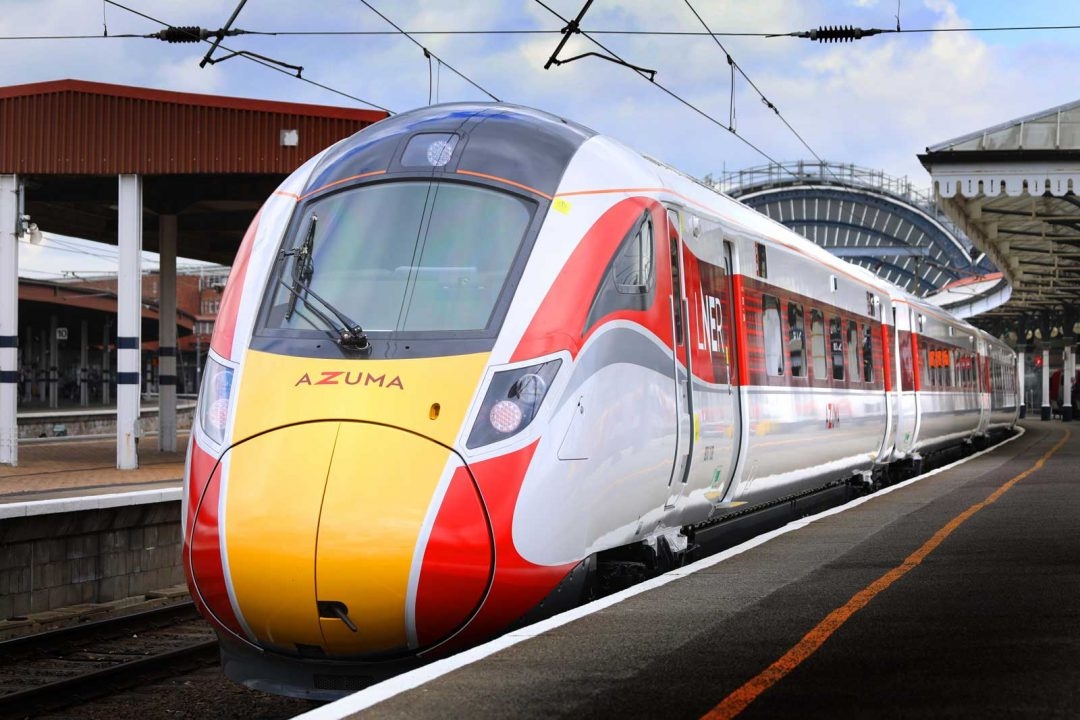A simpler, better railway for everyone in Britain.

The Rail Delivery Group is a membership organisation that works on behalf of the rail industry and represents 20 different train operating companies (TOC’s) that make up the rail industry across Britain. Their goal is simple: a simpler, better railway for their customers
Ever since the go live of the first phase of the RARS-2 project, Sqills’ S3 Passenger platform covers all reservable train services across the United Kingdom.
RDG organises its activity into four core portfolios:
Customer experience;
Today’s railway;
Industry reform;
Tomorrow’s railway.
 The transformative nature of S3 Passenger enables a shift in all four of these core areas. In addition to many other benefits, the launch of the S3 Passenger platform in the UK means operators spend far less time on time-consuming operations tasks. These tasks are now largely automated by S3 passenger’s core functionality.
The transformative nature of S3 Passenger enables a shift in all four of these core areas. In addition to many other benefits, the launch of the S3 Passenger platform in the UK means operators spend far less time on time-consuming operations tasks. These tasks are now largely automated by S3 passenger’s core functionality.
A smooth migration to S3 Passenger
RDG initiated a project to replace their 15-year-old inventory system, the National Reservations System (NRS), a few years ago. A few of the primary motivators for the desire to switch was that the system could not handle the increased traffic and was also expensive to maintain. The project was called Rail Availability & Reservation Service (RARS), and subsequently put on hold.
In 2019 a new project started with the name RARS2, a name that served to remind everyone about the lessons learned from the previous project. RDG opted for a SaaS solution this time around instead of a bespoke option. This was done to mitigate risks and make the most of the available budget.
 A challenging project
A challenging project
The RDG implementation has certainly been a challenging project. Not only because UK train operators serve long networks with many stops, but there are also two operators that operate sleeper services. This marked a first for an S3 passenger implementation. The RARS2 project was very complex for several different reasons:
Although RARS2 offers a single interface for all reserved trains in the UK, the 20 TOCs that manage the inventory of the trains are competitors within their respective market. Each TOC has a different commercial strategy and uses a different revenue management system. Sqills delivered a S3 Passenger instance for every TOC and a distribution S3 Passenger instance for RDG. This distribution S3 Passenger instance acts as a single interface to the distribution parties.
The size of UK rail when measured in the number of train services per day, the number of search requests, and the number of bookings, exceeded existing S3 Passenger customers. The scalability of S3 Passenger once again proved itself and Sqills presented a performance test that met the criteria of RDG (400 requests per second).
RDG preferred to migrate without a big bang. Sqills delivered a solution capable of managing both “old” and “new” traffic to hide the impact of the migration from their distribution partners. Train by train, date by date, operator by operator, RDG was in complete control of the migration. The first train migrated in September 2020 and the last one did so in March 2021.
The most important phases of the project were completed while working from home (including the deployment of the production system). This was the first go-live of S3 Passenger fully managed remotely.
Ongoing innovation
The migration to S3 Passenger is complete, but RDG has more plans to unlock the potential business value of S3 Passenger. RDG continues to innovate using S3 Passenger by building on the S3 Passenger SaaS APIs. This allows them to introduce new offerings, from different retail interfaces to enhanced passenger information. Each of these innovations is designed in collaboration with the GB Train Operating Companies, retailers and third party ecosystem to keep Great British rail moving forwards.

If you feel inspired by RDG's goal for a simpler, better railway or have your own complex problem that you want to discuss, contact Yann and see what Sqills and S3 Passenger can do for your business.
Contact us
Let Sqills move you forward
Request a demo or get in touch



